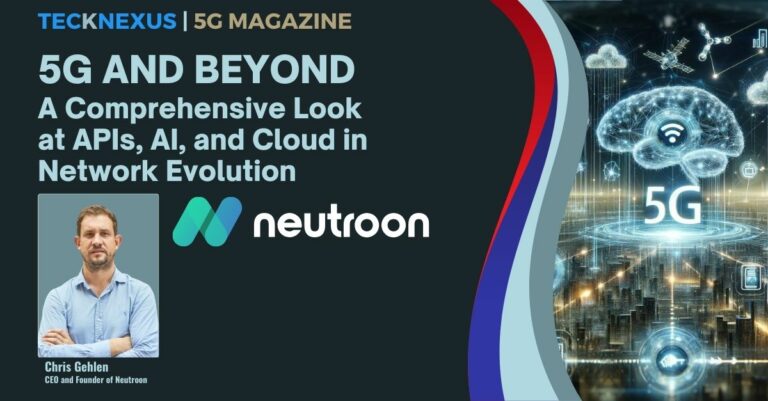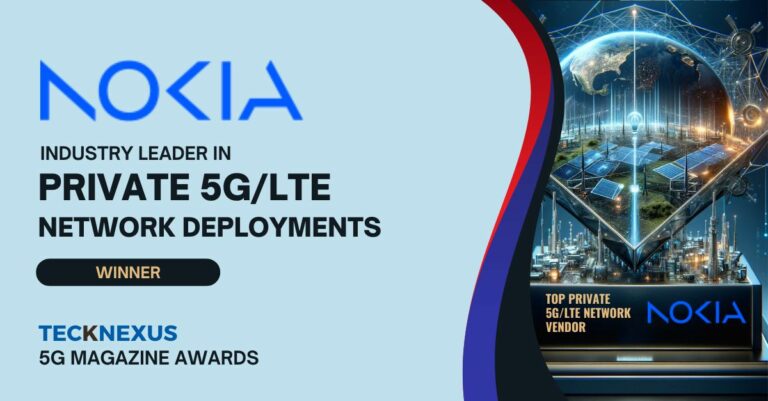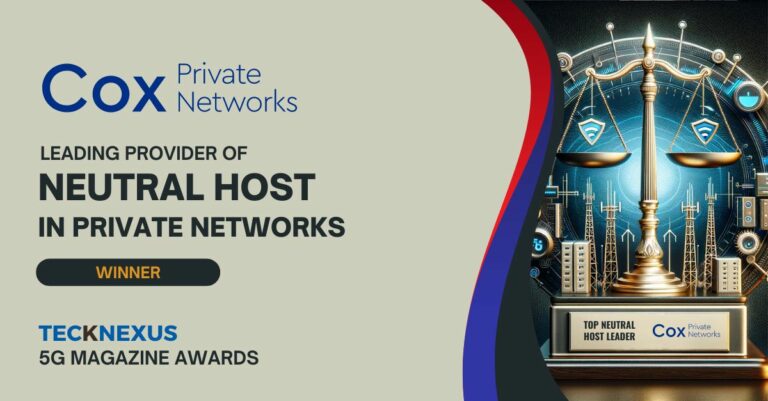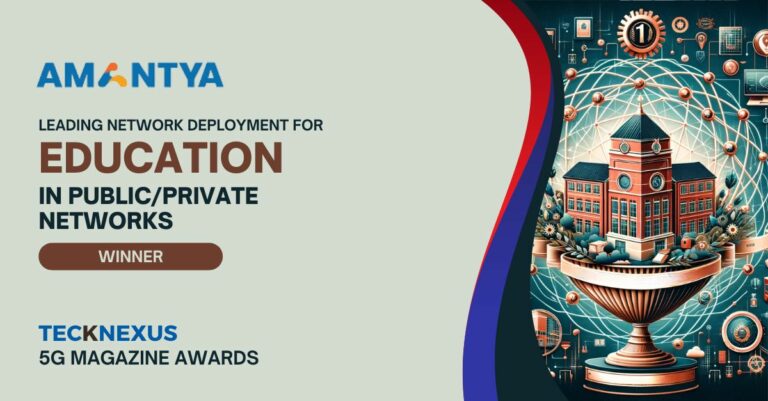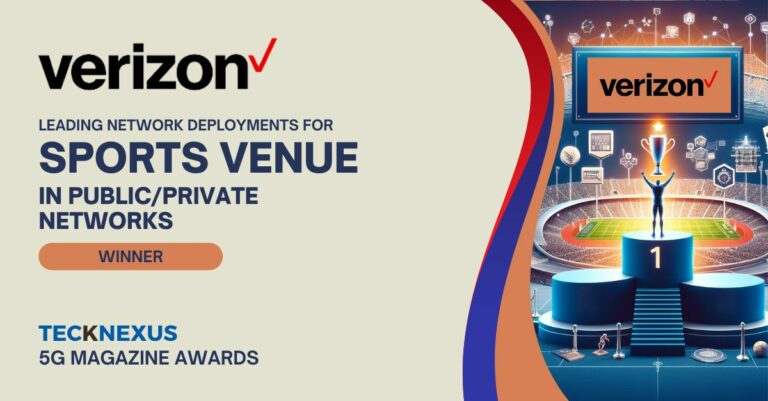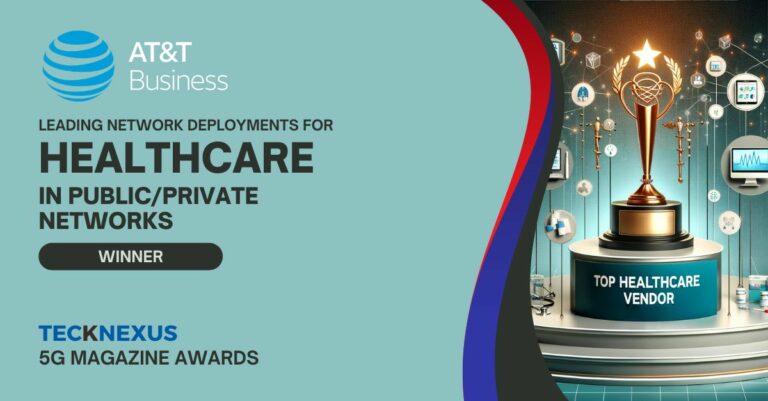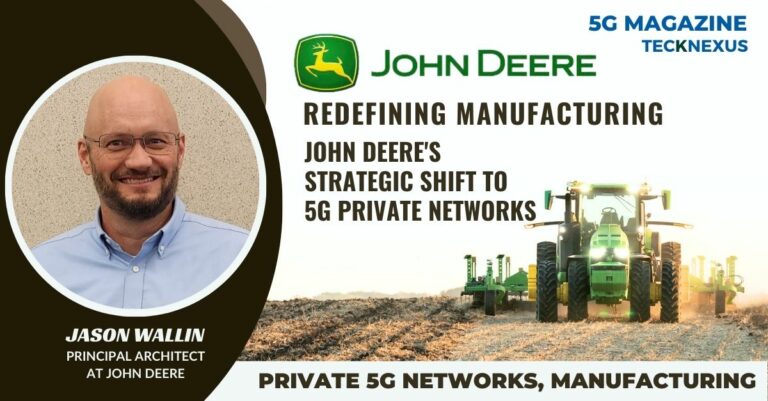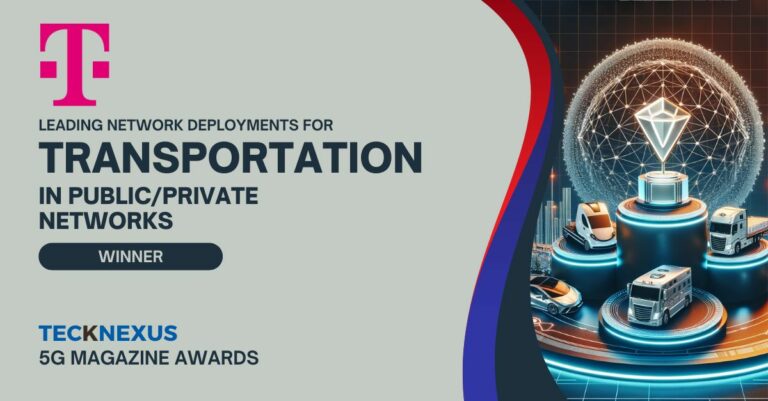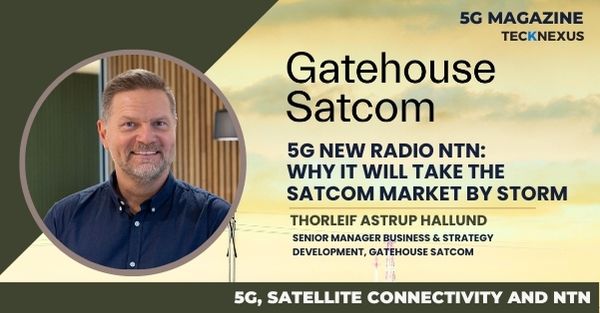There are many vehicles today on the road equipped with 4G/ LTE, and we are deploying many of these use cases with 4G. So 4G is here to stay. And Verizon always ensures that our cellular technologies are backward and forward compatible. Where 5G really shines is not just with the data rates but also with lower latency, higher reliability, and higher throughput. Within Verizon, we call it eight currencies of 5G. In addition, we are deploying 5G on a mid-band spectrum that provides coverage, capacity, and enables new capabilities.
For use cases such as vulnerable users, we stream video of the pedestrian over the 5G uplink to the MEC and then notifications back to the users. If we consider 100,000 vehicles on the road sending this massive amount of data and videos to the network – there is a need for the bandwidth, capacity, and ultra-low latency that 5G offers. It’s no coincidence that we are deploying these use cases leveraging 5G and MEC because the requirements of these use cases are very tight and stringent, and a 4G/ LTE network can not meet those requirements. Hence the need for 5G to support advanced use cases.
What are the 5G adoption challenges in the transportation sector?
The number one challenge is to choose use cases that will have an immediate impact and then deploy them in a public network in a commercial setting. The second aspect has to do with technological challenges. We’ve already solved most of the technical problems in the last three to four years, and we’re working on getting our networks ready for emerging technological demands and challenges. However, the bigger barrier is in the actual commercial deployment of these use cases.
Deploying at scale is another big challenge. When you consider the number of automobiles on the road and the prediction that by 2030, 96 percent of cars on the road will be connected to 5G, which will stream a tremendous amount of data. So the challenge we would face is how to scale this technology? These are bigger challenges than the technical ones. We can tackle these technical challenges with the technological know-how we have within Verizon and our partners, but it’s the commercialization, scale, and regulations that will play a bigger role.



